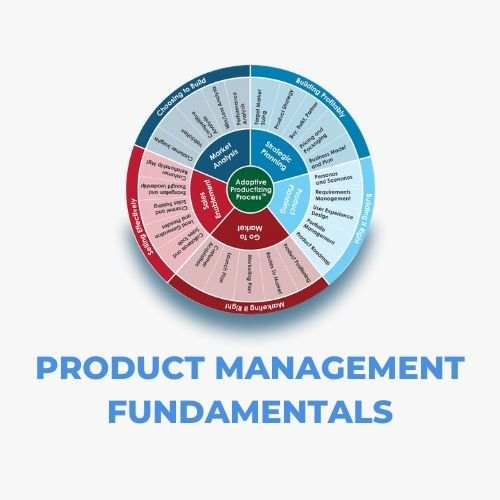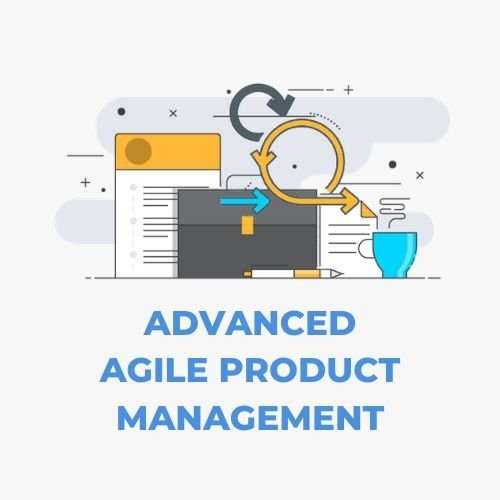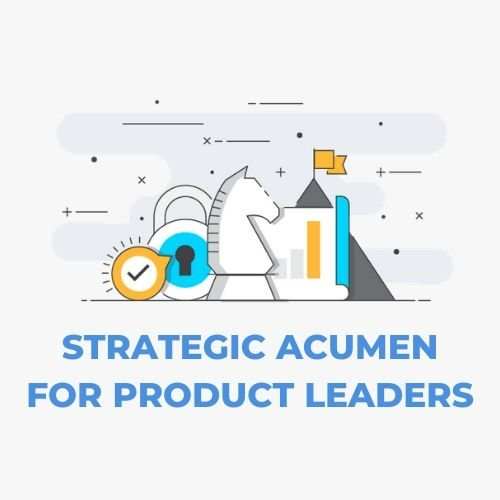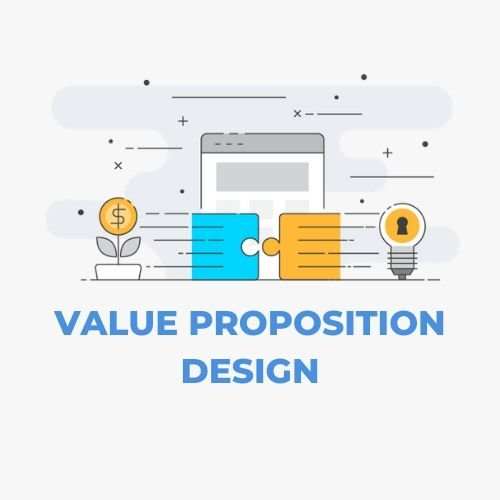The Language of accounting
What is Capital? How does it increase?
What are the Primary Financial Statements, and what are their building blocks?s
Assets, Liabilities, Incomes & Expenses
Building a personal Balance Sheet
Building a Company Balance Sheet
What is the P&L Account?
The PL An introduction
Items in a PL statement
Format of PL Account
What happens during each transaction
A few initial entries
Some more entries
Entries for the end of the Year
Observations on Balance Sheet
Some accounting Concepts and Conventions
The key accounting concepts
Valuation of Assets shown in the Balance Sheet
Creating a template for PL and Balance Sheet
Making Accounting entries (Part-2)
Making Accounting entries (Part-3)
Additional Learning Resources















